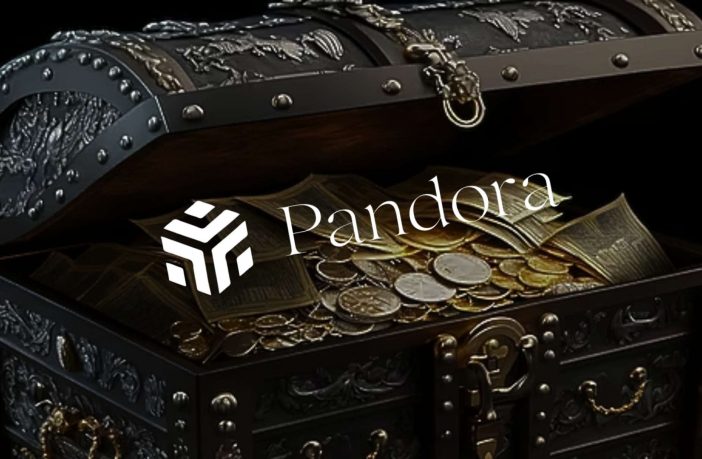
Since launching on February 5, the introduction of the first-ever ERC-404 token, Pandora ($PANDORA), has sparked a surge in interest, with its market cap currently nearing the $180 million mark.
The ERC-404 framework merges ERC-721 (non-fungible) and ERC-20 (fungible) standards. It allows for fractional NFT ownership, where holding parts of a token can lead to regaining a full NFT, possibly a different one when combined.
As per CoinGecko data, the token currently has a market capitalization of $176,321,562. With a 24-hour trading volume of $24,535,317 and an average price of $17,485.16, it continues to draw significant interest from both investors and traders alike.
Still, it’s worth noting the token’s price has experienced considerable volatility post-debut. On February 9, Pandora’s market cap reached an impressive peak, with its total value exceeding the $300 million threshold and a trading volume of $71,542,503.

New Initiatives Join the ERC-404 Movement
Several other projects leveraging the ERC-404 token standard are now striving to emulate Pandora’s quick success, including DeFrogs ($DEFROGS), Rug ($RUG), Monarch ($MNRCH), and Froggy Friends ($TADPOLE).
DeFrogs sparkles with a present rate of $723.05 per token and a cumulative market capitalization of $7,689,095. In pursuit, Rug is tagged at $265.62, boasting an aggregate market worth of $2,648,135.
Next up, Monarch is priced at $102.11, valuing the company at $935,948. Froggy Friends, on the flip side, are being snatched up for a reasonable $54.29 each, with its 32.7% value increase suggesting positive prospects.

Navigating Through Rivalry and Challenges
The emergence of ERC-404 tokens has ushered in a mix of triumphs and hurdles. Being widely embraced in a short matter of time, a comparable concept known as ‘Divisible NFT’ (DN404) soon arrived, boasting a “revamped” approach.
DN404 merges the ERC-20 and ERC-721 standards to facilitate fractional NFT ownership. It employs ERC-20 for divisible shares and ERC-721 for unique NFTs, aiming for direct, intermediary-free trading of NFT fractions and creating a standard for inherent fractionalization.
Amidst the rivalry with DN404, the demand for streamlined coding to mitigate rising transaction costs associated with ERC-404 tokens is critical.
Ethereum’s mainnet charges have escalated to $11 from $4 since January, significantly influenced by the trading of ERC-404 tokens. The situation was highlighted when a user faced a $113,000 gas fee in a failed bid to take advantage of a newly launched ERC-404 token, spotlighting the urgent need for more effective transaction solutions.
Despite these hurdles, the advent of new tokens and standards marks a pivotal moment in the NFT sector, highlighting a dynamic mix of innovation and obstacles. Developers and investors are tasked with steering through these complexities to propel the industry forward.
Want more? Connect with NFT Plazas
Subscribe to our Newsletter
Join our Discord
Follow us on Twitter
Like us on Facebook
Follow us on Instagram
*All investment/financial opinions expressed by NFT Plazas are from the personal research and experience of our site moderators and are intended as educational material only. Individuals are required to fully research any product prior to making any kind of investment.




